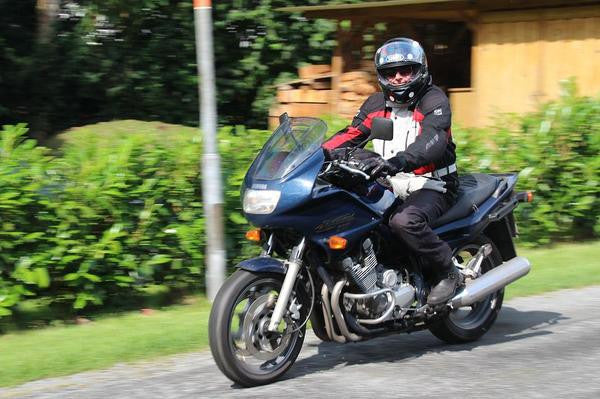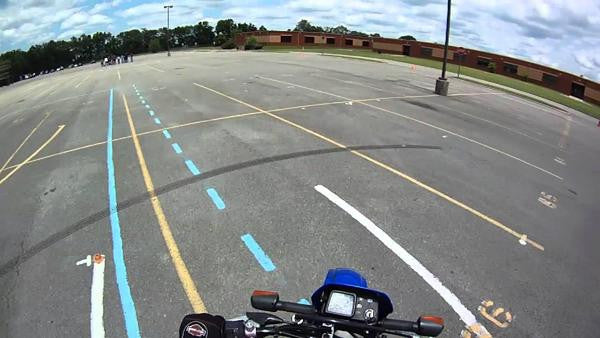
How To Be A Visible Rider
 Image Source: MaR1anny on Instagram
Image Source: MaR1anny on Instagram
So who exactly is a visible rider and why should you care?
The issue at hand: While Indian statistics are not available, one of the major causes of fatal motorcycle accidents is the inability of a four wheeler driver to spot a motorcycle rider and take evasive action in time. Such incidents are so common that there is even a common term for the phenomenon – SMIDSY. It stands for – Sorry Mate, I Didn’t See You.
There is solid physics behind why visibility is such a big deal for motorbikes as compared to other four wheelers. Firstly, the relative size of a motorcycle as compared to even modestly sized cars is tiny. So from a motorists perspective, a motorcycle rider is a very tiny spec on the horizon and continues to remain so until literally the last second.
countries, the concept of teaching motorists to look out for two wheeler riders is missing altogether from the driving license training and test regime.
So, it is up to to the riders here to understand the issues at hand and be aware of some helpful tactics.
1) Visibility Tactics for your machine
a) Choose a brightly coloured motorcycle. Admittedly dull matte black looks eminently cool but it’s not going to help at all in that critical split second when visibility of the bike matters the most.
b) Always keep your headlights on. Yes, even during the daytime. Automatic headlamps on motorcycles have been mandatory in Europe and in several other countries for many years now. Soon they will become mandatory in India too – the current target date is 1st April 2017.
A helpful tip here is to set your headlight to high beam mode during the day. Unlike the nighttime, a high beam will not distract or blind motorists, but it is likely to grab their attention much more than a low beam.
Use of auxiliary lights especially during fog or at night goes a long way too in increasing rider visibility to others on the road.
Finally, consider installing a brake light modulator or at least develop the habit of tapping the brakes if you are about to change lanes or slow down – a flashing red tail light helps to alert motorists behind you.
c) Consider the use of reflective tapes from manufacturers such as 3M, on strategic locations on your bike.
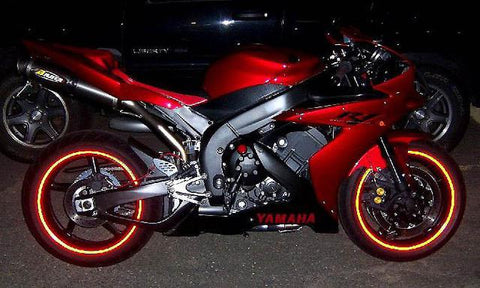
2) Visibility Tactics for the rider
a) Choose a helmet with either Hi-Vis or bright colours. Again, a carbon matte black helmet might look über cool but it’s not going to be of much use whenit comes to visibility to others on the road. There are some helmets in the market now which come with hi-visibility LEDs installed in critical areas.
b) As with the helmet, consider wearing an additional hi-visibility vest over your riding jacket or choose a riding jacket in lighter colours or with built in reflective strips.
c) The concept of hi-visibility colours or reflective strips can be extended to other parts of your riding gear – gloves, trousers/jeans, shoes and even luggage.
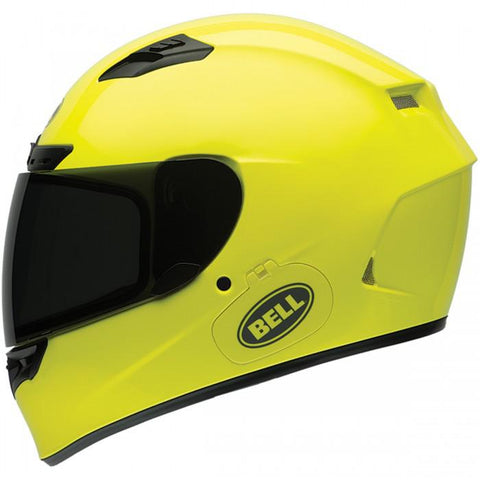
Hi-Viz version of Bell Qualifier helmet
3) Visibility Tactics for the terrain
a) One of the most common errors when understanding the concept of visibility is the fact that a judge of visibility is not how well you can see, but it is about how well others can see you. Always consider the issue of ageing motorists or fading light and adjust your riding speeds accordingly.
b) Riding at dusk or dawn is a special event. The sun can be behind you, or it could be blinding motorists in their eyes – always be aware of ambient light conditions as they might apply to others
c) Make use of trafficators and flashing beams at every appropriate moment. Signal well in advance.
d) Study and be aware of a motorists blind spots while overtaking.
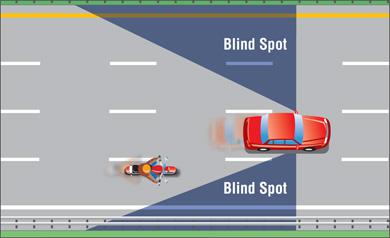
A motorist’s blind spots
That pretty much wraps up the visibility issues to consider. Here’s hoping you found this article useful - Safe riding and ATGATT!
